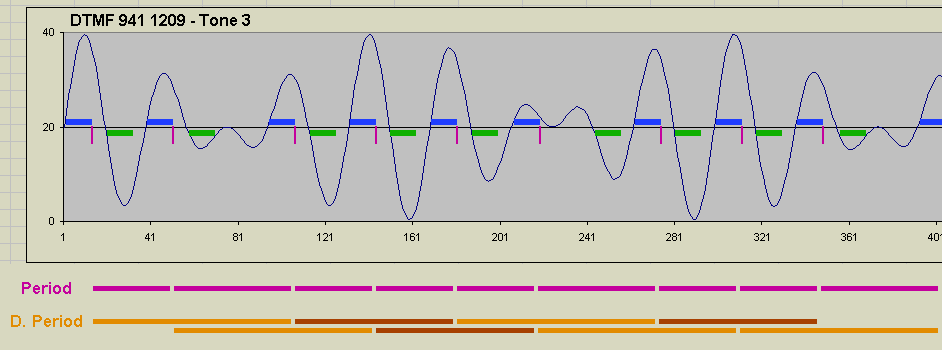


7 (SS7) use an out-of-band channel for signaling and switching purposes.Īlthough out-of-band signaling systems aren't immune from abuse, when in-band signaling protocols were dominant (especially for switching and routing) they were an order of magnitude easier to exploit.

Commonly used telecommunications protocols such as Signaling System No. Out-of-Band signaling protocols take an opposite tack - signals are sent over a separate channel. For DTMF tones that means that tones are in the same frequency range as human voice - any DTMF tones produced can be heard over the line. Out-Of-Band SignalingĭTMF tones are an example of an in-band signaling protocol that is, signals are sent over the same communications channel as the primary data on that channel. Many other use cases for DTMF tones have also emerged - from booking appointments to checking bank balances to changing language on a phone call. IVRs, or Interactive Voice Response systems allow dialers to navigate without tying up an operator. Nowadays, DTMF tones are the dominant signalling protocol for interacting with the telephone system or with automated telephone services. Dialing speed increased, stress on the network decreased, and users flocked to the new technology.ĭTMF tones today are standardized in the International Telecommunication Union's (ITU-T) Recommendation Q.23. More user friendly than the rotation of a rotary dial, touch tone phones quickly supplanted the rotary phone.

The first DTMF tone producing telephone was introduced in November of 1963 for the Bell System. Rotary phones interrupt electrical connections while spinning, and the resulting electrical pulses produced are interpreted as commands (such as 'dial this number'). The first commonly used telephony signaling system was pulse dialing. Signalling systems have evolved to fill that role - both for routing and dialing calls as well as for interacting with phone systems once connected. DTMF Tones for Automating Telecommunications InteractionsĪlmost as long as we've had telegraph and telephony systems, humans have needed a way to reliably interact with the system in a mechanical and reproducible way. Commonly used over telephone lines, DTMF tones are also commonly called Touch Tones. DTMF, or Dual-Tone Multi-Frequency tones, are in-band telecommunications signals sent over voice frequencies.


 0 kommentar(er)
0 kommentar(er)
